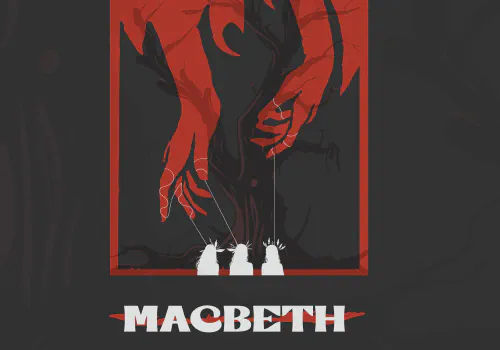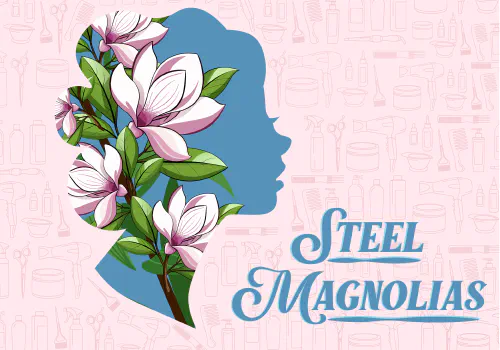OBJECTIVE
Students will explore and identify technical designers’ roles and the design elements they use to create theatre.
UTAH CORE STANDARDS
Standard L1.T.CR.3
Standard L1.T.P.2
Standard L1.T.R.3
INTENDED AUDIENCE
9th - 12th Grade Students
TIME
60 — 90 minutes
VOCABULARY
Line, Mass, Composition, Texture, Color, Scene Designer, Costume & Makeup Designer, Lighting Designer, Sound Designer.
MATERIALS
- Technical Theatre Designers Note Sheet
- Exploring Technical Theatre Presentation
- Video: Behind The Emerald Curtain
- Computer
- Projector
OUTLINE
-
HOOK: Have students “Think, Pair, Share” (Students think individually, then pair(discuss with a partner, then share with the class.) a list of backstage technical people they can think of involved in a theatrical production.
-
TRANSITION: Putting together a stage production takes the individual work and coordination of many elements: acting, directors, and Technical Designers.
We want to focus on the Technical Designers and the elements they use to create a show with a backstage look Behind The Emerald Curtain of The Broadway smash hit, Wicked. -
INSTRUCTION: Distribute to students the Technical Theatre Designers Note Sheet for the Exploring Technical Theatre Presentation.
-
INSTRUCTION: Introduce students to the “Elements of Design.”
Line: the outline or silhouette of elements onstage
Mass; the overall bulk or weight of scenic elements
Composition: the balance and arrangement of elements; the way elements are arranged
Texture: the “feel” projected by surfaces and fabrics
Color: the shadings and contrasts of color combinations. -
INSTRUCTION: Introduce the technical designer for a production.
Scene Designer: responsible for the stage set
Costume & Makeup Designer: responsible for the outfits and accessories worn by the performers
Lighting Designer: responsible for the light, illumination of the stage space
Sound Designer: responsible for the aural world of the play and the sound system -
INSTRUCTION: Using the presentation instruct the students on each designer, their objectives, and elements of design.
Scenic Designer
- Help set the tone and style of the production,
- Establishing the Locale and Period in which the play takes place,
- Develop a Design Concept consistent with the director’s concept,
- Providing a Central Image or Metaphor,
- Ensure that scenery is coordinated with the other production elements,
- Solving Practical Design Problems.
Costume and Makeup Designer
- Help establish the style of a production.
- Indicate the historical period of a play and the locale in which it occurs.
- Indicate the nature of individual characters or groups in a play–their stations in life, their occupations, their personalities.
- Show relationships among characters–separating major characters from minor ones, contrasting one group with another.
- Where appropriate, symbolically convey the significance of individual characters or the theme of the play.
- Meet the needs of individual performers, making it possible for a performer to move freely in a costume, perhaps to dance or engage in a sword fight, and (when required) to change quickly from one costume to another.
- Be consistent with the production as a whole, especially other visual elements.
Lighting Designer
- Provide Visibility
- Reveal Shape and Form
- Provide a focus onstage and visual composition.
- Assist in creating mood and reinforcing style.
- Help establish time and place
- Establish a rhythm of visual movement.
- Reinforcement of the central image, establishing visual information, or both.
Sound Designer
- Sound Reinforcement
- Motivated Sounds – sounds called for by the script.
- Environmental Sounds – Noises of everyday life that help create a sense of reality in a production.
-
JOURNAL ENTRY
Have students respond to the question, Which designer do you think is the most important for the success of a production? In their journal with an explanation of their response.After students respond to the question, discuss their responses with the class.
Hopefully, someone comments that all of the designers are important to the access of a show.
ASSESSMENT
Students turn in their notes for teacher assessment based on completion and correctness.










